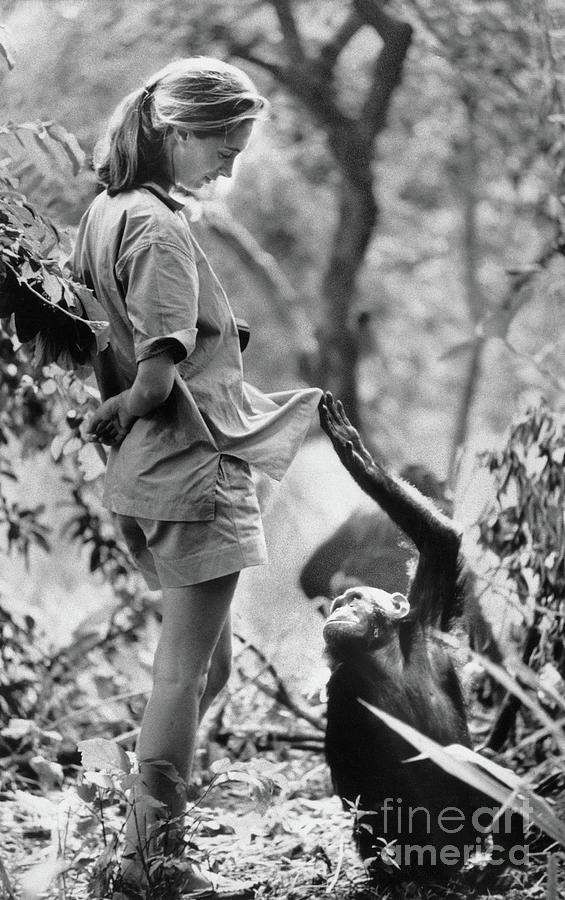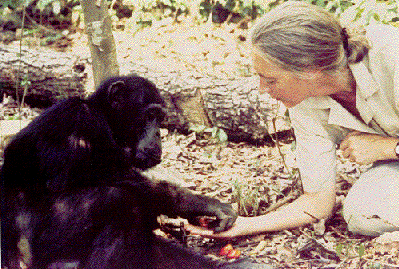

Here I consider some possible explanations for these transitions, with an emphasis on contributions from Gombe. Key steps along this path include: (a) changes in diet (b) increased use of tools (c) bipedal gait (d) multilevel societies (e) collective foraging, including a sexual division of labour and extensive food transfers and (f) language. Evidence from primate field studies suggests that the hominin path depends on our heritage as apes: inefficient quadrupeds with grasping hands, orthograde posture and digestive systems that require high-quality foods. In either case, field studies provide opportunities to test hypotheses for how and why our lineage has followed its peculiar path through the adaptive landscape. However, findings emerging from studies of our other closest living relative, the bonobo ( Pan paniscus), indicate that either bonobos are derived in these respects, or the many similarities between chimpanzees and humans evolved convergently.

The close phylogenetic relationship between chimpanzees and humans suggests that these traits were present in the last common ancestor of Pan and Homo (LCA PH). Sixty years of research on chimpanzees ( Pan troglodytes) at Gombe National Park, Tanzania have revealed many similarities with human behaviour, including hunting, tool use and coalitionary killing.


 0 kommentar(er)
0 kommentar(er)
